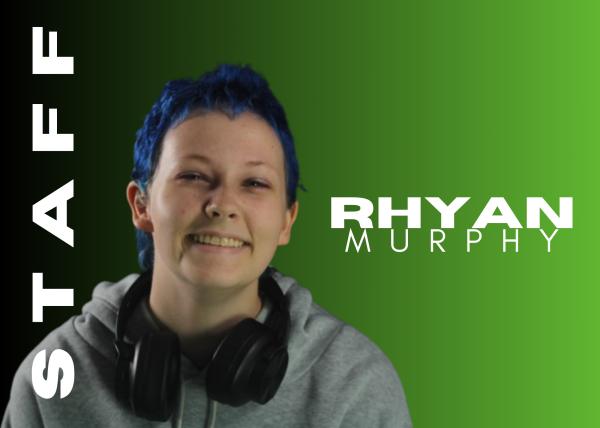During my freshman year, school went by like a breeze. I wasn’t worried about my grades or anything school-related. I was laid-back about school work, and I didn’t feel pressured, by anything, to do really well. Since it was freshman year, I didn’t think it mattered if my grades were good or bad. I figured colleges won’t even look at my grades from freshman year, so it didn’t matter how low or high they were.
I often heard the term “sophomore slump” around the internet and from my friends, though I never took it seriously. My upperclassmen friends would usually warn me to “be careful of the sophomore slump.” They would say that sophomore year was stressful for them because the weight of their responsibilities got heavier and they felt like they were drowning in school work.
But I just pushed it off as a joke. I didn’t take their warnings seriously. At all.
This year, at the start of my sophomore year, everything was easy. The workload wasn’t too hard, I wasn’t employed and I wasn’t in my sports season yet. I had very little to worry about or be responsible for.
I got a job in the beginning of December. In January, my lacrosse season started. As more starting going on in my life, both academically and personally, I could feel myself begin to burn out.
According to the University of People, burnout is a “negative emotional, physical and mental reaction to prolonged study that results in exhaustion, frustration, lack of motivation and reduced ability in school.”
The workload of being a high school student is a lot. Having to deal with school work, extracurriculars and sports can be very demanding. Not to mention social pressures to fit in or worries about getting a job or things financially such as buying a car. While some may argue that these issues have been happening for years, there are some factors that are different. In previous generations, the internet wasn’t the huge web it was today. Today, students not only have to face judgement and potential bullying in school, but they also experience this on the internet through apps such as Instagram, Snapchat and TikTok.
According to BNI Treatment Centers, Students often get stress from the lack of support in school.
Here at McIntosh, there is a club called the Sources of Strength. This club helps advocate for students mental health by encouraging students to find a course they can go to when they feel their mental health decreasing. These sources can include, but aren’t limited to, talking to parents, friends or practicing one’s faith.
Students can also be stressed from the amount of academic pressure they’re under. Especially in a school like McIntosh, where there is a heavier amount of academic pressure for greatness and success. I often feel stressed with all the classes I’m taking, even more so with AP or advanced placement classes. Even though my parents have never pressured me too much to get very high grades, it’s like a constant competition between myself and my peers.
This year, as a sophomore, I am taking honors geometry. At the beginning of the year, I underestimated the workload and quickly fell behind. Even now, towards the end of the year, I’m still struggling to keep up.
Factoring in the fact that now I have a job and am playing a sport, I feel the weight of all my responsibilities is multiplied by ten.
With all the stress that comes with becoming a sophomore, it’s easy to quickly face burnout. However, studies have shown that providing more mental health days in school could help.
Some benefits of additional mental health or non-school days include reduced pressure, stress and it can improve academic performance. If McIntosh provided more non-school days, it would bring many more benefits to not only the students, but the teachers as well.




